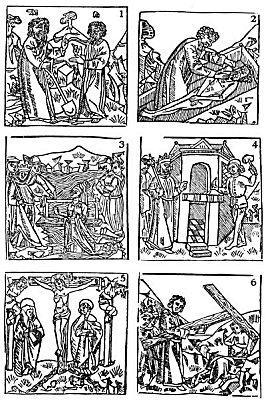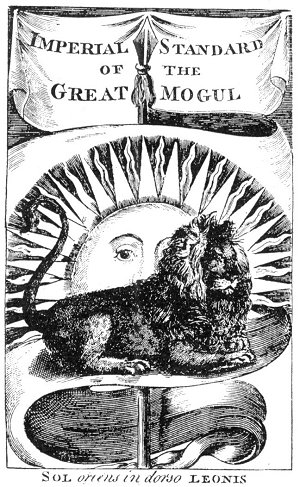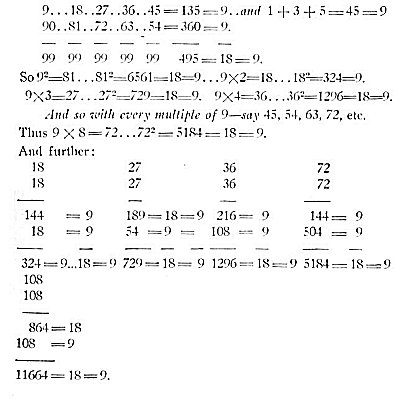In Mr. Crookes’ Notes of an Enquiry into the Phenomena called Spiritual, on p. 101, this gentleman quotes Mr. Sergeant Cox, who having named this unknown force, psychic, explains it thus: “As the organism is itself moved and directed within the structure by a force — which either is, or is not controlled by — the soul, spirit, or mind . . . which constitutes the individual being we term ‘the man,’ it is an equally reasonable conclusion that the force which causes the motions beyond the limits of the body is the same force that produces motion within the limits of the body. And, as the external force is often directed by intelligence, it is an equally reasonable conclusion that the directing intelligence of the external force is the same intelligence that directs the force internally.”
In order to comprehend this theory the better, we may as well divide it in four propositions and show that Mr. Sergeant Cox believes:
1. That the force which produces physical phenomena proceeds from (consequently is generated in) the medium.
Page 196
2. That the intelligence directing the force for the production of the phenomena (a) may sometimes be other than the intelligence of the medium; but of this the “proof” is “insufficient”; therefore, (b) the directing intelligence is probably that of the medium himself. This Mr. Cox calls “a reasonable conclusion.”
3. He assumes that the force which moves the table is identical with the force which moves the medium’s body itself.
4. He strongly disputes the spiritualistic theory, or rather assertion, that “spirits of the dead are the sole agents in the production of all the phenomena.”
Before we fairly proceed on our analysis of such views we must remind the reader that we find ourselves placed between two extreme opposites represented by two parties — the believers and unbelievers in this agency of human spirits. Neither seem capable of deciding the point raised by Mr. Cox; for while the spiritualists are so omnivorous in their credulity as to believe every sound and movement in a circle to be produced by disembodied human beings, their antagonists dogmatically deny that anything can be produced by “spirits,” for there are none. Hence, neither class is in a position to examine the subject without bias.
If they consider that force which “produces motion within the body” and the one “which causes the motion beyond the limits of the body” to be of the same essence, they may be right. But the identity of these two forces stops here. The life-principle which animates Mr. Cox’s body is of the same nature as that of his medium; nevertheless he is not the medium, nor is the latter Mr. Cox.
This force, which, to please Mr. Cox and Mr. Crookes we may just as well call psychic as anything else, proceeds through not from the individual medium. In the latter case this force would be generated in the medium and we are ready to show that it cannot be so; neither in the instances of levitation of human bodies, the moving of furniture and other objects without contact, nor in such cases in which the force shows reason and intelligence. It is a well-known fact to both mediums and spiritualists, that the more the former is passive, the better the manifestations; and every one of the above-mentioned phenomena requires a conscious predetermined will. In cases of levitation, we should have to believe that this self-generated force would raise the inert mass off the ground, direct it through the air, and lower it down again, avoiding obstacles and thereby showing intelligence, and still act automatically, the medium remaining all the while passive. If such were the fact, the medium would be a conscious magician, and all pretense for being a passive instrument in the hands of invisible intelligences would become useless. As well plead
Page 197
that a quantity of steam sufficient to fill, without bursting, a boiler, will raise the boiler; or a Leyden jar, full of electricity, overcome the inertia of the jar, as such a mechanical absurdity. All analogy would seem to indicate that the force which operates in the presence of a medium upon external objects comes from a source back of the medium himself. We may rather compare it with the hydrogen which overcomes the inertia of the balloon. The gas, under the control of an intelligence, is accumulated in the receiver in sufficient volume to overcome the attraction of its combined mass. On the same principle this force moves articles of furniture, and performs other manifestations; and though identical in its essence with the astral spirit of the medium, it cannot be his spirit only, for the latter remains all the while in a kind of cataleptic torpor, when the mediumship is genuine. Mr. Cox’s first point seems, therefore, not well taken; it is based upon an hypothesis mechanically untenable. Of course our argument proceeds upon the supposition that levitation is an observed fact. The theory of psychic force, to be perfect, must account for all “visible motions . . . in solid substances,” and among these is levitation.

Moe is the founder of GnosticWarrior.com. He is a father, husband, author, martial arts black belt, and an expert in Gnosticism, the occult, and esotericism.




